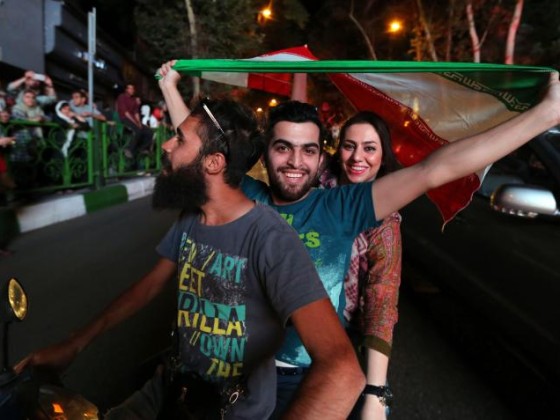TEHRAN, Iran — Medical students hang out in front of the University of Tehran one stifling summer day, chatting and checking their smartphones. Asked about the nuclear agreement that had recently been signed in Vienna, they quickly offer opinions about a deal that could dramatically shape their lives.
Iman Adeli, a 21-year-old future doctor, says Iran has long been isolated because of international sanctions.
